From the flow of history to the desire to rise up
After the complete liberation of the South, along with the whole country, Can Tho entered a period of economic and social recovery and development in the context of many difficulties due to the consequences of the war. In 1976, Can Tho, Soc Trang provinces and Can Tho City merged into Hau Giang province. This was the period when Can Tho began to focus on overcoming the consequences of the war, gradually stabilizing people's lives, restoring the transportation and irrigation systems to develop agriculture, and gradually building the economic and social infrastructure system.
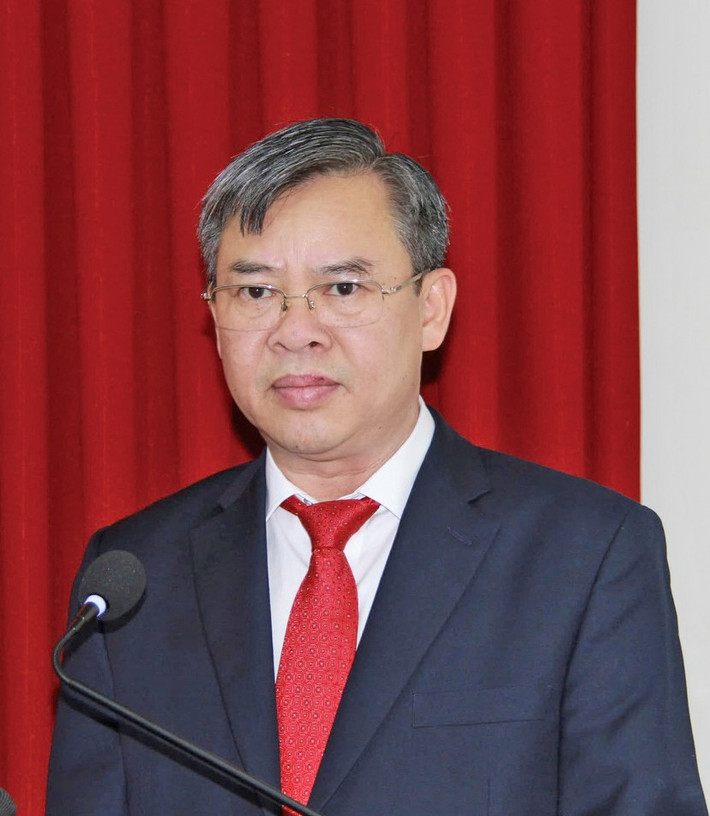
On December 26, 1991, the 8th National Assembly passed a resolution to divide Hau Giang province into two separate provinces, Can Tho and Soc Trang. In 2004, the Government continued to adjust the administrative boundaries of Can Tho province. According to the new decision, Can Tho province was divided into two separate administrative units: Can Tho City under the Central Government and the new Hau Giang province. On January 1, 2004, Can Tho officially became a city under the Central Government according to Resolution No. 22/2003/QH11 of the 11th National Assembly. From here, Can Tho City entered a development phase as the economic, cultural, medical,educational and training, scientific and technological center of the Mekong Delta region.
In the period 2004 - 2024, the city has achieved many outstanding achievements: by the end of 2024, the total product in the area (GRDP) reached 133,065 billion VND; the growth rate reached 7.12%/year; GRDP per capita reached 105.07 million VND/year. Many key projects were invested such as: Can Tho Bridge, Can Tho International Airport, Cai Cui Port, National Highway 91B, National Highway 61C, starting construction of Chau Doc - Can Tho - Soc Trang expressway section passing through Can Tho City... By the end of 2024, the multidimensional poverty rate will be 0.15%, the lowest in the Mekong Delta.
During this period, many universities and colleges in the area were established and have grown strongly to meet the demand for training high-quality human resources for the whole region... Notably, in recent years, more and more green and sustainable development models have appeared in the city such as: Hung Phu Green Urban Area - Can Tho, Organic Agricultural Farm of Tan Long Green Agricultural Cooperative (Phong Dien); Can Tho Waste-to-Energy Plant (Trung An, Co Do); "Green School" at Chau Van Liem High School; Integrated Urban Drainage and Flood Control System; Con Son Ecological Community Tourism...
Worthy of being a dynamic regional urban center
After 50 years of construction and development, after more than 20 years of becoming a centrally-governed city, Can Tho has grown strongly to become a central urban area, the driving force for development of the entire Mekong Delta region. The process of striving to build and develop the city over the past half century has left the Party Committee, government and people of the city with many valuable lessons.
First of all, it is necessary to maintain solidarity and unity within the Party and the Party's comprehensive leadership role.
Second, governments at all levels must be truly close to the people, respect the people, promote administrative reform, and use the satisfaction of the people and businesses as a measure to create social consensus. From there, mobilize the strength of the people and businesses as the main subjects to build new rural areas, urban renovation, and respond to climate change...
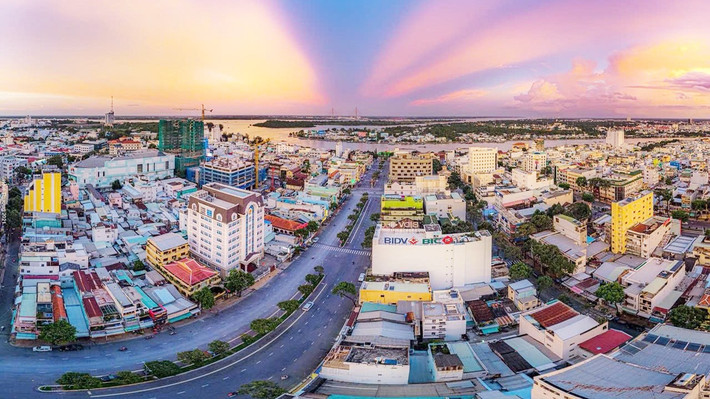
Third, to be worthy of being the dynamic center of the Mekong Delta, Can Tho must always focus on cooperation and development with the provinces in the region, with Ho Chi Minh City and localities nationwide as well as other countries and international organizations in the world to develop the socio-economy, build tourism linkage models, high-tech agricultural value chains, purchase and consume agricultural products adapting to climate change, rapidly develop an innovative ecosystem, and train quality human resources to serve the city's industries and fields.
Fourth, economic development must be associated with ensuring social security and improving the quality of life for people.
Confidently step into the new era
In the context of the country entering a new development phase with the aspiration of becoming strong and prosperous in the mid-21st century, Can Tho City is identified as an important growth pole, a locomotive for regional development and a national-level central urban area according to Resolution No. 59-NQ/TW, dated August 5, 2020, of the Politburo "on the construction and development of Can Tho City to 2030, with a vision to 2045".
To realize the goal of becoming an ecological, civilized, modern city, the driving force of the Mekong Delta, Can Tho has built a development roadmap to 2030, with a vision to 2045, with three strategic pillars: green and sustainable economic development; smart, modern urban development; and human development, a harmonious and humane society. In the coming time, the city will focus on creating momentum and concentrating on exploiting resources to effectively implement the following development orientations:
Developing the economy in a green, circular direction, increasing added value on the basis of science, technology, innovation, in the industrial sector, the city prioritizes the development of clean industries, deep processing of agricultural and aquatic products, supporting industries and high-tech industries. Focusing on developing urban agriculture, organic agriculture, smart farming models applying 4.0 technology to increase farmers' income.
Becoming a regional logistics center, with interconnected highways, seaports, river ports and airports, trade and services will be the spearhead economic sector, especially logistics services, finance - banking, information technology, education - training and high-quality healthcare of Can Tho City. Along with that, promoting the advantages of rivers, garden culture, historical heritage and unique cuisine to develop eco-tourism, agricultural tourism and MICE tourism associated with the regional value chain.
To strive to become a model green city, with a system of regulating lakes and ecological parks planned synchronously, protecting the natural river ecosystem, from now until 2030, the city will gradually complete smart urban planning in the direction of integrating technical infrastructure, digital technology and modern governance models.
Digital transformation and technology application will be strongly applied in urban management, public service provision and environmental, traffic and health monitoring. Can Tho strives to have the digital economy account for over 30% of GRDP by 2030 and digital infrastructure covering the entire city.
With the view that people are the center of all development strategies, Can Tho also focuses on improving the quality of human resources, especially high-quality human resources for key industries such as information technology, logistics, high-tech agriculture, tourism, and healthcare. Can Tho University and its member schools in the city's higher education ecosystem will be oriented to become regional research and training centers and international integration.
At the same time, social security, gender equality, care for the disadvantaged and ethnic minorities are also placed at the center of the development strategy. The city aims to build a society where “no one is left behind”, striving for the city to have no poor households by the end of 2025 and 100% of the population to have access to healthcare, education, clean water and standard housing services.
In the future, when Can Tho takes on the role of managing the expanded development space after merging with Hau Giang and Soc Trang provinces, the city will form a closely linked urban - industrial - service area, opening up new development space, reducing pressure on the inner city and promoting growth in the whole region. The development driving axes will be formed along the Can Tho - Ca Mau expressway, Chau Doc - Can Tho - Soc Trang expressway, the Hau River corridor and the coastal area. The coastal economic zone, the Tran De international logistics center (Soc Trang) and Can Tho International Airport will be the strategic "golden triangle" of the Mekong Delta region.
With the foundation that has been built synchronously and firmly after 50 years of national reunification and from there, looking towards 2045, the Party Committee, government and people of Can Tho confidently enter a new period of development with the whole country; making efforts, determination and unity to build Can Tho into a civilized, modern city, imbued with the cultural identity of the Mekong Delta river region.
Source: https://daibieunhandan.vn/thanh-pho-can-tho-nua-the-ky-chuyen-minh-post411880.html


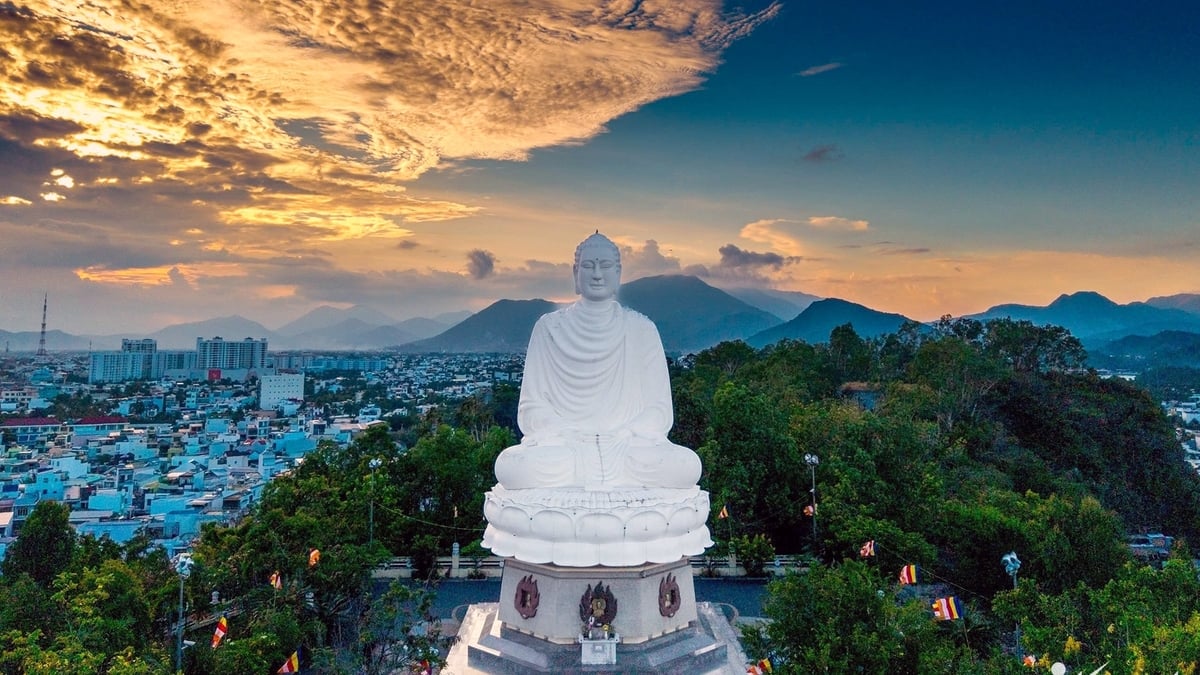

![[Photo] General Secretary To Lam attends the conference to review 10 years of implementing Directive No. 05 of the Politburo and evaluate the results of implementing Regulation No. 09 of the Central Public Security Party Committee.](https://vphoto.vietnam.vn/thumb/1200x675/vietnam/resource/IMAGE/2025/5/19/2f44458c655a4403acd7929dbbfa5039)
![[Photo] President Luong Cuong presents the 40-year Party membership badge to Chief of the Office of the President Le Khanh Hai](https://vphoto.vietnam.vn/thumb/1200x675/vietnam/resource/IMAGE/2025/5/19/a22bc55dd7bf4a2ab7e3958d32282c15)
![[Photo] Close-up of Tang Long Bridge, Thu Duc City after repairing rutting](https://vphoto.vietnam.vn/thumb/1200x675/vietnam/resource/IMAGE/2025/5/19/086736d9d11f43198f5bd8d78df9bd41)
![[Photo] Panorama of the Opening Ceremony of the 43rd Nhan Dan Newspaper National Table Tennis Championship](https://vphoto.vietnam.vn/thumb/1200x675/vietnam/resource/IMAGE/2025/5/19/5e22950340b941309280448198bcf1d9)
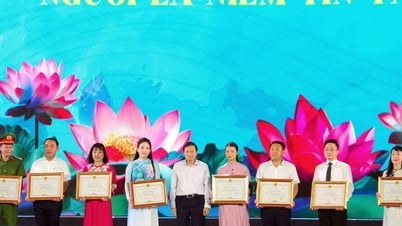

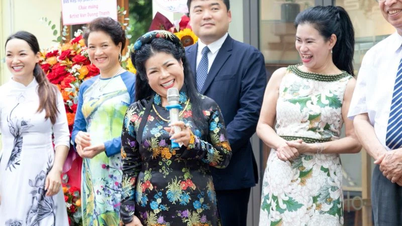

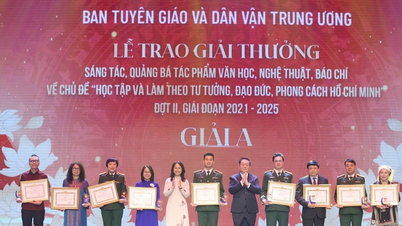



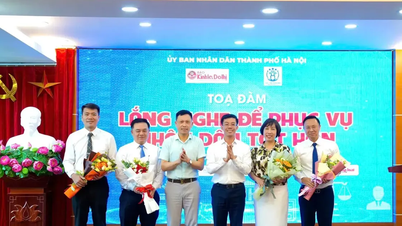
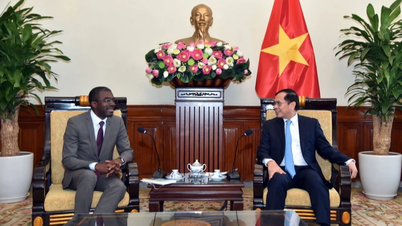




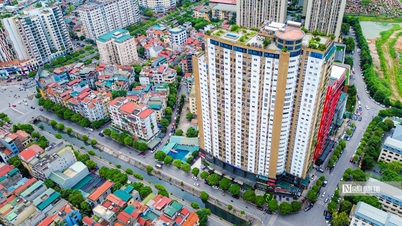


































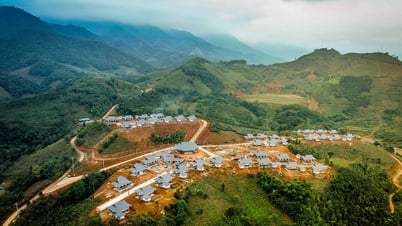















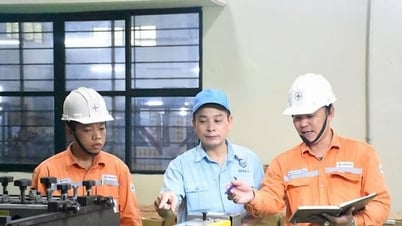
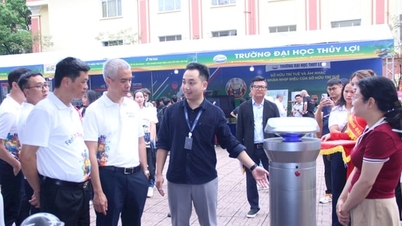
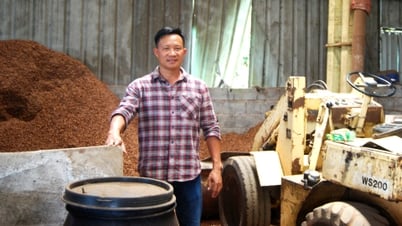

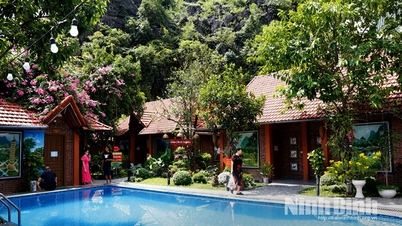

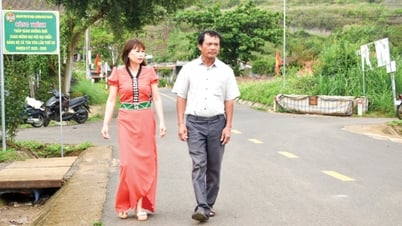






![[VIDEO] - Enhancing the value of Quang Nam OCOP products through trade connections](https://vphoto.vietnam.vn/thumb/402x226/vietnam/resource/IMAGE/2025/5/17/5be5b5fff1f14914986fad159097a677)


Comment (0)